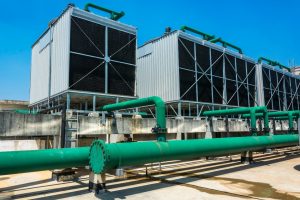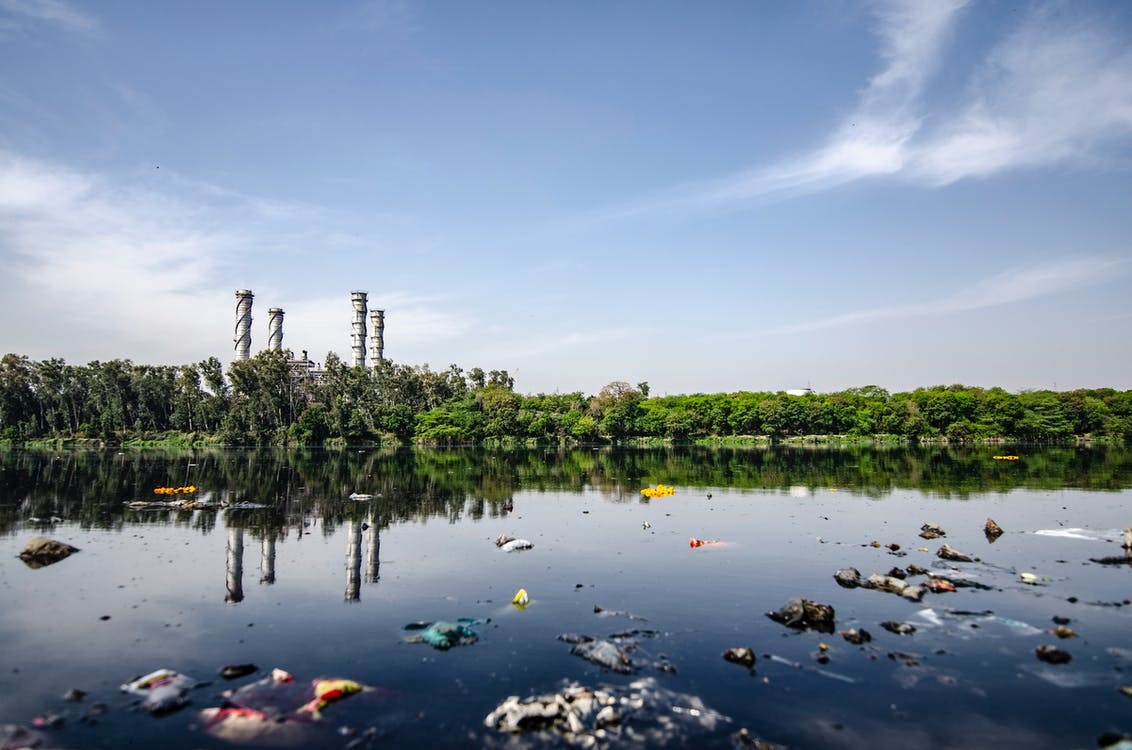As we discussed earlier in our blog on Hygiene and Sanitation: What’s the Difference?, according to World Health Organization (WHO), sanitation refers to the safe disposal of human waste and sewage, and the provision of adequate services and facilities for that. It involves avoiding human contact with feces and washing hands with soap. Sanitation systems are designed to preserve human health by creating a clean environment that prevents disease transmission, particularly via the fecal-oral pathway. For example, improved sanitation helps minimize diarrhea, a leading cause of malnutrition and stunted growth in children. Many other diseases, such as ascariasis cholera, hepatitis, polio, schistosomiasis, and trachoma, are easily transmitted in populations with poor sanitation, to name a few.
Sanitation is usually better in low population areas as management of waste disposal is easier. Areas that are densely populated tend to have more likelihood of disease spread, thus the importance of introducing good sanitary practices. There are a variety of sanitation systems and procedures available for excreta management. They are;
- Basic Sanitation
- Container-based sanitation
- Community-led total sanitation
- Dry Sanitation
- Ecological sanitation
- Emergency sanitation
- Environmental sanitation
- Onsite sanitation
- Safely managed sanitation
- Sustainable sanitation
Human excreta and wastewater are captured, stored, transported, treated, and disposed of or reused in a sanitation system. The nutrients, water, energy, and organic matter present in excreta and wastewater may be the subject of reuse activities within the sanitation system. The “sanitation value chain” or “sanitation economy” refers to this. Sanitation workers are those who are in charge of cleaning, maintaining, running, or emptying sanitation technology at any point along the sanitation chain.”
- Basic sanitation
JMP coined the phrase “basic sanitation service” in 2017. This is defined as using better sanitary facilities that are not shared with other homes. “Limited sanitation service” is a new term for a lesser level of service that refers to the use of improved sanitation facilities shared by two or more homes.
- Container-based sanitation
Container-based sanitation (abbreviated as CBS) is a sanitation technique in which human excreta is collected in sealable, removable containers (also known as cartridges) and transferred to treatment facilities. This method of sanitation entails the use of a commercial service that offers specific sorts of portable toilets and distributes empty containers when full ones are picked up. The service delivers and disposes of or reuses collected excrement in a safe manner. The users are normally responsible for the cost of excreta collection. CBS can be utilized to offer low-income urban areas safe collection, transportation, and treatment of feces at a lesser cost than establishing and maintaining sewers with the right development, support, and collaborations. CBS is based on the usage of urine-diverting dry toilets in the majority of cases.
- Community-led total sanitation
Community-led total sanitation (CLTS) is a method of improving sanitation and hygiene practices in a community that is primarily employed in poor countries. The method aims to modify behavior in primarily rural populations through a “triggering” process that results in the spontaneous and long-term renunciation of open defecation practices. It focuses on an entire community’s spontaneous and long-term behavior transformation. The CLTS process revolves around the phrase “triggering”, which refers to methods of stimulating community enthusiasm in stopping open defecation, mainly through the construction of rudimentary toilets like pit latrines. CLTS entails taking steps that promote one’s self-esteem and pride in one’s community. It also includes feelings of humiliation and disgust over one’s own open defecation habits. CLTS uses a community-based approach to rural sanitation that eliminates the need for hardware subsidies and empowers communities to notice the problem of open defecation and take collaborative action to clean up and become “open defecation free.”

- Dry sanitation
Dry sanitation is a word that isn’t widely used and isn’t fully defined. It usually refers to a system that transports excreta using a form of dry toilet rather than sewers. When people talk about “dry sanitation,” they usually mean a system that employs urine-diverting dry toilets (UDDTs).
- Ecological sanitation
Ecological sanitation, often known as ecosan is a sanitation system that tries to safely reuse excreta in agriculture. It is a concept that is defined by a goal to “complete the loop” between sanitation and agriculture in a safe manner, primarily for nutrients and organic matter. One of the goals is to use non-renewable resources as little as possible. Ecosan systems, when correctly built and run, provide a hygienically safe mechanism for converting human excreta into nutrients and water that may be returned to the ground.
- Emergency sanitation
The administrative and technical techniques required to provide sanitation in an emergency are known as emergency sanitation. During humanitarian relief activities for refugees, victims of natural disasters, and internally displaced individuals, emergency sanitation is essential. Emergency response is divided into three phases: Immediate, short-term, and long-term. The immediate focus is on managing open defecation, with toilet technologies such as extremely rudimentary latrines, pit latrines, bucket toilets, container-based toilets, and chemical toilets being used. In the medium run, technology such as urine-diverting dry toilets, septic tanks, and decentralized wastewater systems may be used. Handwashing stations and fecal sludge control are also part of emergency sanitation.
7. Environmental sanitation
The regulation of environmental conditions linked to disease transmission is referred to as environmental sanitation. Solid waste management, water and wastewater treatment, industrial waste treatment, and noise pollution control are all subcategories of this category.
8. Onsite sanitation
This is a sanitation system in which excreta and wastewater are collected, stored, or treated on the plot where they are created. The level of treatment might range from non-existent to advanced. Pit latrines (without treatment) and septic tanks are two examples (primary treatment of wastewater). On-site sanitation systems are frequently linked to fecal sludge management (FSM) systems, in which onsite feces is processed at a remote location. Wastewater (sewage) is only produced when a piped water supply is present within or near the structures. A decentralized wastewater system is a related phrase that refers to the wastewater portion of on-site sanitation. Similarly, wastewater generated locally can be treated by an onsite sewage facility.

9. Safely managed sanitation
Sustainable Development Goal Number 6 envisions the highest degree of household sanitation: safely managed sanitation. It is measured as the “Proportion of population using safely managed sanitation services, including a handwashing facility with soap and water” under SDG 6. According to JMP’s 2017 baseline estimate, 4.5 billion people do not have access to properly managed sanitation. The proportion of the population using an improved sanitation facility that is not shared with other households and where the excreta produced is either;
· Treated and disposed of in situ.
· Temporarily stored and then emptied and transported to treatment off-site.
· Transported through a sewer with wastewater and then treated off-site.
To put it another way, securely managed sanitation is a basic sanitation service that includes excreta disposal, which can be safely disposed of on-site or transported and treated off-site. Furthermore, SDG 6 includes handwashing facilities with soap and water, which are monitored independently under SDG 6.
10. Sustainable sanitation
Sustainable sanitation is a sanitation system that is designed to satisfy particular requirements and work well over time. Sustainable sanitation systems look at the entire “sanitation value chain,” from the user’s experience to excreta and wastewater collecting methods, waste transportation or conveyance, treatment, and reuse or disposal. “Sustainable sanitation” is defined by the Sustainable Sanitation Alliance (SuSanA) as having five qualities (or criteria): Economically and socially acceptable, as well as technically and institutionally appropriate and environmentally benign, systems are required. For more knowledge on sanitation and sanitation solutions, register to study our Water, Sanitation & Hygiene (WASH) course today for a 10% discount!








